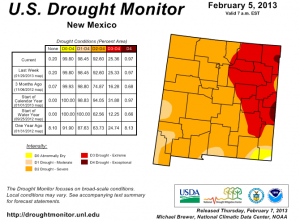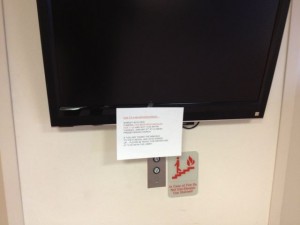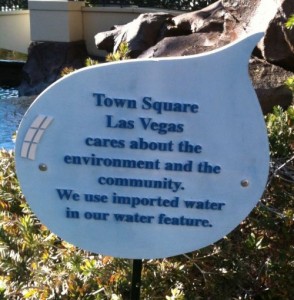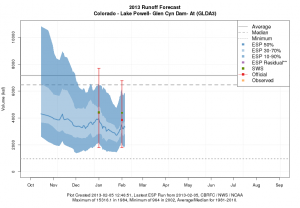Nearly every time I give a talk on water (which seems to happen frequently lately – wonder if I’ll be less popular as a speaker once the drought ends) I get asked about desalination. It is, as Bettina Boxall noted in a recent LA Times story, the stuff of dreamers: “an inexhaustible, drought-proof reservoir in the state’s backyard”.
Or not. Using the Poseidon project in Southern California, Boxall does a nice job of demonstrating why, despite many proposals and much engineering enthusiasm, we’re not seeing much desal in practice:
The reasons boil down to money and energy. It takes a lot of both to turn ocean water into drinking water, driving the average price of desalinated supplies well above most other sources.
Desal, it seems, is one of those ten-dollar bills on the sidewalk that economists like to joke about.




